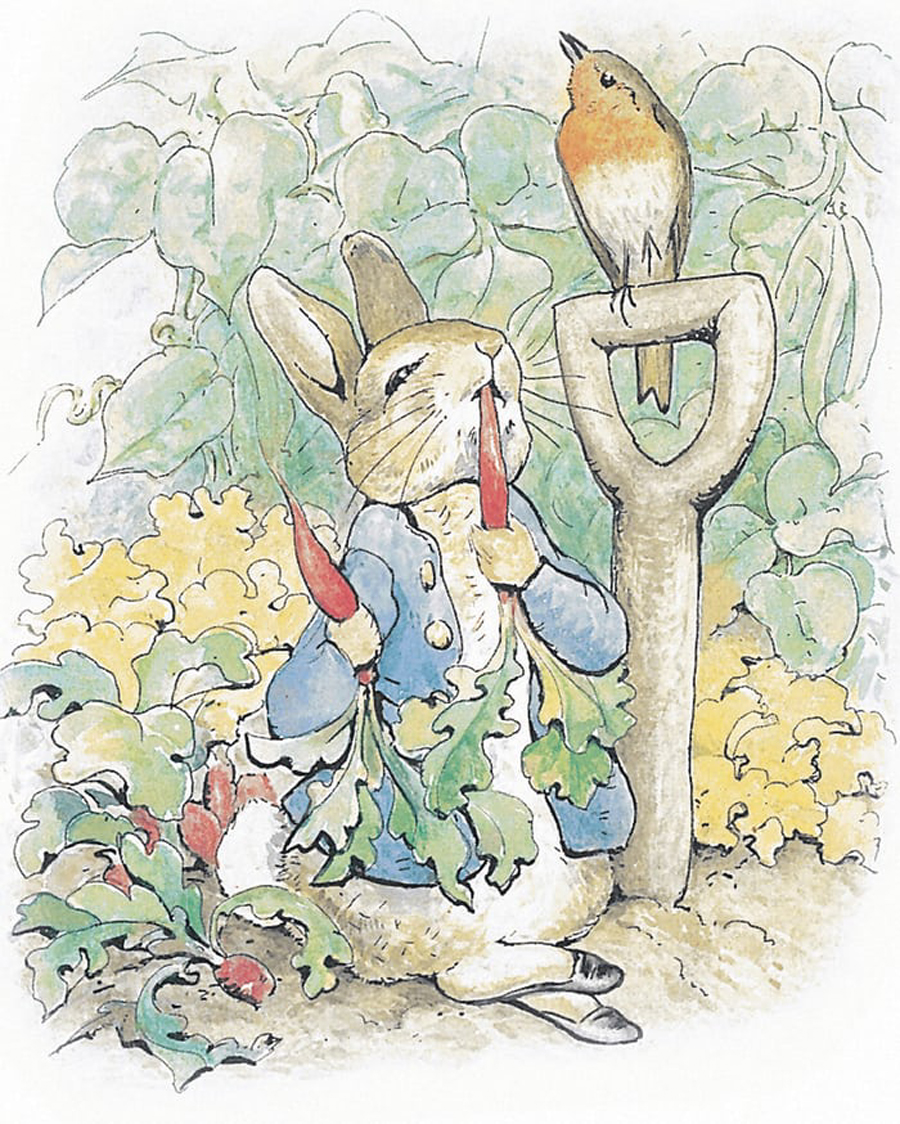

Helen was the daughter of Jane Ashton (1806–1884) and John Leech, a wealthy cotton merchant and shipbuilder from Stalybridge. He married Helen Leech (1839–1932) on 8 August 1863 at Hyde Unitarian Chapel, Gee Cross. Rupert practised law, specialising in equity law and conveyancing. He then trained as a barrister in London. Potter's paternal grandfather, Edmund Potter, from Glossop in Derbyshire, owned what was then the largest calico printing works in England, and later served as a Member of Parliament.īeatrix's father, Rupert William Potter (1832–1914), was educated at Manchester College by the Unitarian philosopher Dr James Martineau. Potter's books continue to sell throughout the world in many languages with her stories being retold in song, film, ballet, and animation, and her life depicted in a feature film and television film.

She is credited with preserving much of the land that now constitutes the Lake District National Park. She died of pneumonia and heart disease on 22 December 1943 at her home in Near Sawrey at the age of 77, leaving almost all her property to the National Trust. She continued to write and illustrate, and to design spin-off merchandise based on her children's books for British publisher Warne, until the duties of land management and her diminishing eyesight made it difficult to continue. Potter was also a prize-winning breeder of Herdwick sheep and a prosperous farmer keenly interested in land preservation. In 1913, at the age of 47, she married William Heelis, a respected local solicitor from Hawkshead. Over the following decades, she purchased additional farms to preserve the unique hill country landscape. With the proceeds from the books and a legacy from an aunt, in 1905 Potter bought Hill Top Farm in Near Sawrey, a village in the Lake District, which at that time was in Lancashire. In all, Potter wrote thirty books the best known being her twenty-three children's tales. Following this, Potter began writing and illustrating children's books full-time. In her thirties, Potter self-published the highly successful children's book, The Tale of Peter Rabbit. Though Potter was typical of women of her generation in having limited opportunities for higher education, her study and watercolours of fungi led to her being widely respected in the field of mycology. She had numerous pets and spent holidays in Scotland and the Lake District, developing a love of landscape, flora, and fauna, all of which she closely observed and painted. Helen Beatrix Potter (British English /ˈbiːətrɪks/, North American English also /ˈbiːtrɪks/, 28 July 1866 – 22 December 1943) was an English writer, illustrator, natural scientist, and conservationist best known for her children's books featuring animals, such as those in The Tale of Peter Rabbit.īorn into an upper-class household, Potter was educated by governesses and grew up isolated from other children.


 0 kommentar(er)
0 kommentar(er)
